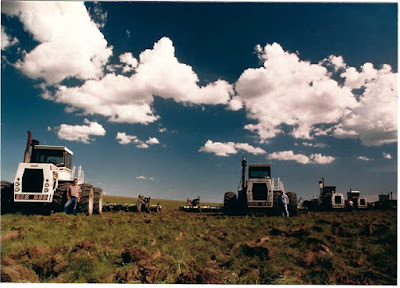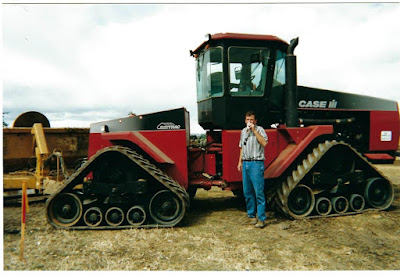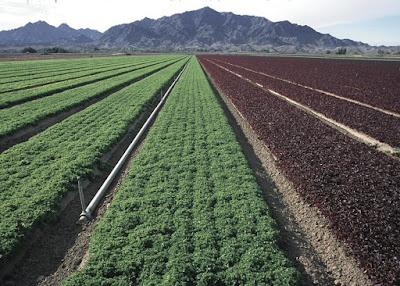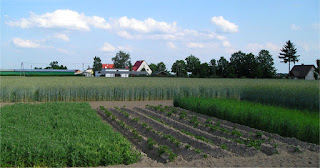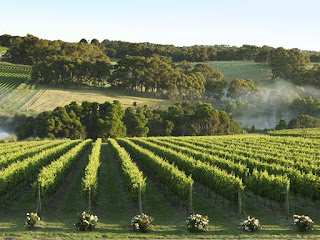There is always much anticipation when the USDA issues long term
forecasts for grain supply, demand, and prices. Some market participants seize on trends
that they believe they detect when, say, acreage of a certain crop declines
over a couple of year period, or when there is an apparent large amount of over
supply of one grain or the other.
From the perspective of a
farmer, and market participant for 40 years, all of these forecasts need to be
taken with a grain of salt. One need
only look at, say, the USDA price forecasts for a 10 year period for a
commodity, and then look back to compare the actual prices during that period, to see, that these long term
forecasts are inherently flawed.
As
another example, there were articles in some publications within the last year
predicting the demise of wheat production in Kansas (which has long been a
leading wheat producer in the USA), all because of low prices for wheat, and
shifts to other crops. Ah, some writers
have not been around long enough to know how quickly things can change in
agriculture! This year, the crop in Kansas was large, and wheat prices have
rebounded to profitable levels for growers.
How then does one
considering an agricultural investment, make sense of all of these forecasts
when building a financial model? The
answer has several parts. First, and perhaps foremost, one must understand the
long view of ag markets; there are almost always unexpected events in some area
of the world that impact production, and prices.
History teaches us to expect the
unexpected. Second, to get a grasp of
the “big numbers” that are often thrown around when talking about usage, it is
helpful to break down the numbers into the number of days of consumption that
that usage, or supply, really means.
And then taking that number and figuring out the per capital
availability around the world of a certain commodity really brings things down
to an understandable level.
When one
realizes, for instance, that there is a 60 day supply of soybeans at a given
time, and that the market price is X, it is a bit easier to see a scenario
where the supply drops to, say, 45 days, and what the impact on price is at
that point. Those hundreds of millions
of bushels of supply mentioned in the headlines of some article become easier
to get one’s arms around when it is viewed in days of supply. To use a pun, that is when the numbers come
down to earth.
Third, one must keep in mind
the big picture, and that is the world’s ability to feed itself is precariously
balanced. There are real world
limitations on land use, water availability, and infrastructure, that are often
overlooked when some writers suggest that there is great potential in some
developing nations for food production.
Some of this makes for great headlines, such as when Asian investors
announced plans to develop enormous acreages for farms in remote parts of the
world, with the suggestion that that would somehow adversely impact grain
prices in established areas. But, unless
one digs into the details, it would not be known to most that those plans were
not much more than pipe dreams.
Agriculture is, and always
will be, a long term asset.
Investors
should not be swayed by short term trends, or by the efforts of
some to predict prices over a long term horizon.
My advice is to look back over, say, the
last five years, and understand supply, demand, and their relation to
pricing—that is the most sensible predictor, in my view, because over that time
period there will have been any number of events in some parts of the world
that have impacted prices in a good or negative way.
It is not the perfect approach, but at least
it offers a sound rationale for making investment decisions.
